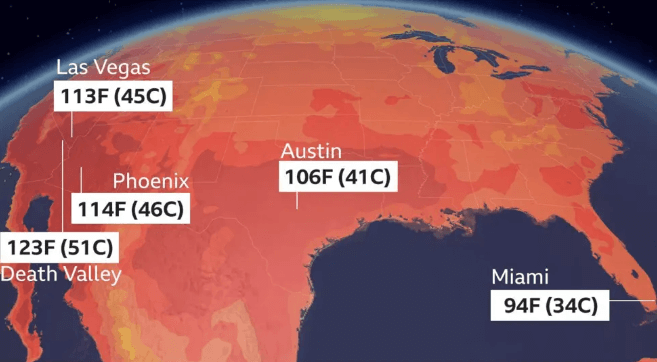The FIFA World Cup 2026, according to a report on Thursday, could be the “most climate damaging” sports event due to its extreme conditions.
In addition, the report from scientistific group Global Responsibility (SGR) predicts greenhouse gas emissions will get past nine million tons of CO2e.

FIFA WORLD CUP 2026 POSES ENVIRONMENTAL CHALLENGE, CONCERNS FOR PLAYERS
The FIFA World Cup 2026 poses an environmental challenge, the SGR said, that raises concerns for the players.
Not only that, the estimated 2026 CO2e, which converts greenhouse gases into carbon dioxide equivalent, easily tops the 5.25 million tons emitted during the 2022 edition in Qatar.
In addition, the tournament to be co-hosted by the United States, Canada, and Mexico next year has expanded from 32 teams to 48.
“Driven by a high reliance on air travel and significant increase in the quantity of matches,” the SGR report said in explaining the inevitable rise of greenhouse gas emissions.
On the other hand, these emissions, the environment group said, are comparable to “nearly 6.5 million average British cars driven for an entire year.”
FIFPRO URGES FIFA TO RE-EVALUATE KICK-OFF TIMES TO PROTECT PLAYERS
FIFPRO urges FIFA to re-evaluate its World Cup preparations, particularly kick-off times, to protect the players.
The global players’ union raised concerns that next year’s World Cup will expose players to temperatures of as high as 100 Degrees Fahrenheit in the US in June and July.
Nevertheless, FIFPRO director of policy and strategic relations Alexander Biefeld cited the need for organizers to prioritize players and fans safety over hot weather conditions.
“We clearly believe that from a health and safety perspective, this (extreme heat) is something that must take priority over commercial interests with regards to the safety of the players,” Bielefeld said.
“Heat conditions are not happening in a vacuum. The debate on extreme heat is not happening in a vacuum,” he added.

FIFA VOWS TO ‘TAKE APPROPRIATE ACTION FOR ENVIRONMENTAL PROTECTION’
FIFA responded to the SGR report, saying it vows to take appropriate action for environmental protection.”
Football’s global governing body has earlier pledged to cut greenhouse emissions by 50% by 2030.
Additionally, it seeks to achieve carbon neutrality (Net Zero) by 2040.
“We significantly reduced waste and avoided landfilling by recycling numerous materials,” FIFA said.
“Additionaly, the construction and operation of stadiums were certified according to eco-friendly building standards,” it added.
Visit our FIFA World Cup 2026 website for more football news and other updates.

